The Competition Bicycle
The relationship between bike design and competitive cycling shown in a new book on the craftsmanship of speed


The bicycle has seen numerous incarnations since rolling onto the scene well over a century ago, but the natural human desire to race them on the road and off has remained constant. In his new book “The Competition Bicycle“, Bicycle Quarterly editor Jan Heine chronicles the evolution of the two-wheeled vehicle and how professional racing has influenced its design, from the High Wheeler penny-farthing to the high-tech carbon fiber frame.
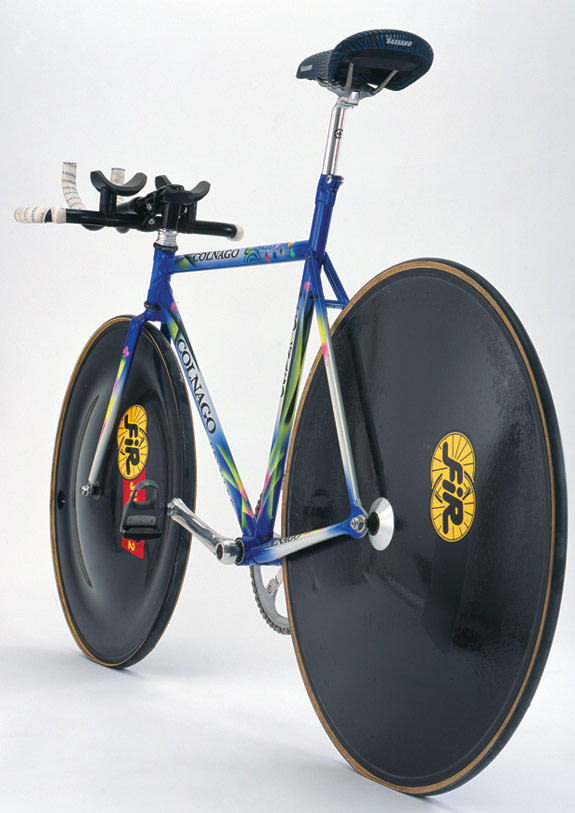

The progression from full creative ingenuity in the late 1800s to today’s results-driven mechanical structures provides an intriguing study on design. As seen in the 2010 exhibition “Bespoke: The Handbuilt Bicycle“, the masters of this craft work in tune with the cyclist’s needs, a relationship reflected in every element from the shape of the frame to the weight of the bike.
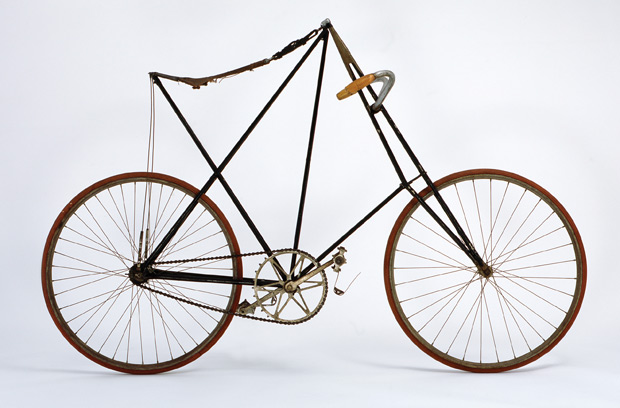
The shift from excitement over the novelty of the bike itself to a focus on creating a comfortable ride for cyclists is likely best demonstrated in the cantilever 3-speed made by Danish investor Mikael Pedersen in 1903. Living in Dursley, England, Pedersen had created a silk hammock-like seat but found mounting it to the customary diamond frame too difficult, so he designed a triangular frame to support the seat. Dubbed the Dursley Pedersen, the bike weighed just over 20 pounds and reached mainstream success when famed cyclist Harry “Goss” Green broke numerous records riding it. One particular race saw Green shed two hours off the trip from London to York—a nearly 200-mile long journey—finishing in just 11.19 hours.
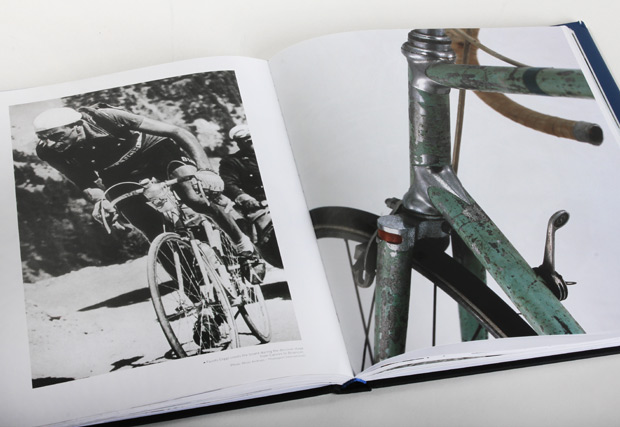
The next half-decade brought about numerous innovations in bike design, including French bike manufacturer Labor’s “Tour de France” model, which radically used a bottom bracket to tension the chain. For the competitive cyclist, though, one of the more important design developments came from record-holder Oscar Egg and his racing-specific “Super Champion” derailleur, which used a friction-reducing chain more like those on a single-speed—a tweak that, consequently, significantly increased speed.
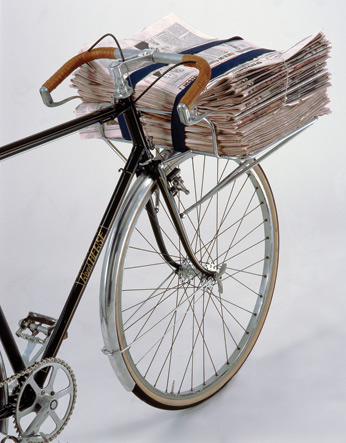
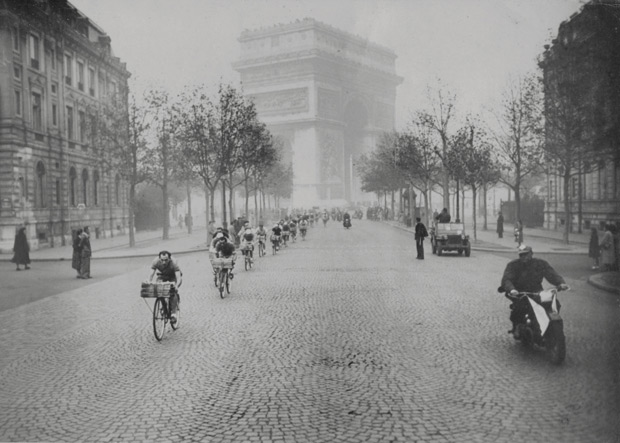
“The Competition Bicycle” charts the second half of the 20th century with a careful eye on the different race courses—long, short, mountain—and how those influenced all facets of design from tires to tubing, as well as the different needs for male and female cyclists. The science behind the engineering reached a pinnacle during the ’80s, with wind tunnel testing and velodromes giving cyclists and bike builders a chance to tweak things on a more microscopic level during hour record trials.
The book also looks at the deeply ingrained racing history in France, as well as the country’s important role in both bike design and training. In the ’50s, numerous semi-professional cyclists worked as “porteurs de presse”—arguably the earliest form of bike messengers—and were paid based on the amount of deliveries they could make. This incentive not only encouraged the couriers to peddle faster, it gave them the money to enhance their machines and build truly bespoke bikes.
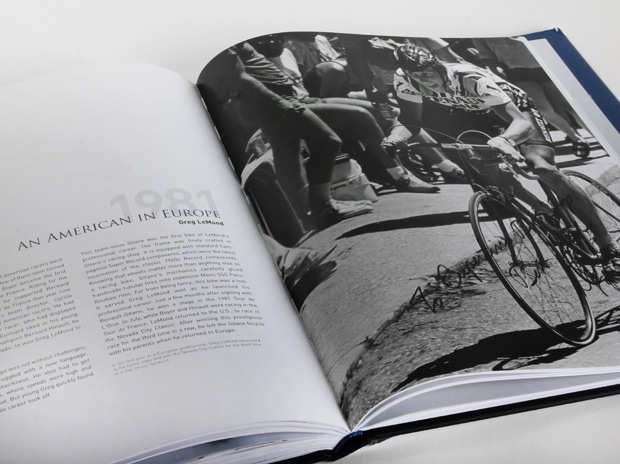
Heine ends with Danish cyclist Tony Rominger’s classic track bike. Built by Ernesto Colnago, the bike features steel tubing, aerodynamic handlebars, fork blades and “lenticular disc wheels”, but most of all its streamlined design allowed Rominger (a road racer) to beat out the all-time hour record champion, Miguel Indurain, without any real training on the track. As Heine explains, this bike “showed that traditional frame-building techniques still are more than competitive in the age of carbon fiber.”
Packed with images of the original bicycles used in landmark competitions, some valuable historical references and a full set of comparison diagrams charting the sizable differences in frame construction, “The Competition Bicycle” is a solid guide to a wide-range of professional cycles.
The large-format book is available for pre-order from Amazon for $50, or you can pick it up from a Rizzoli distributor when it releases March 2012.
“Criterium des Porteurs de Presse” from Joel Metz Collection; jacket cover by Kayleigh Jankowski; all other images by Jean-Pierre Pradères, from “The Competition Bicycle” by Jan Heine, Rizzoli New York, 2012











